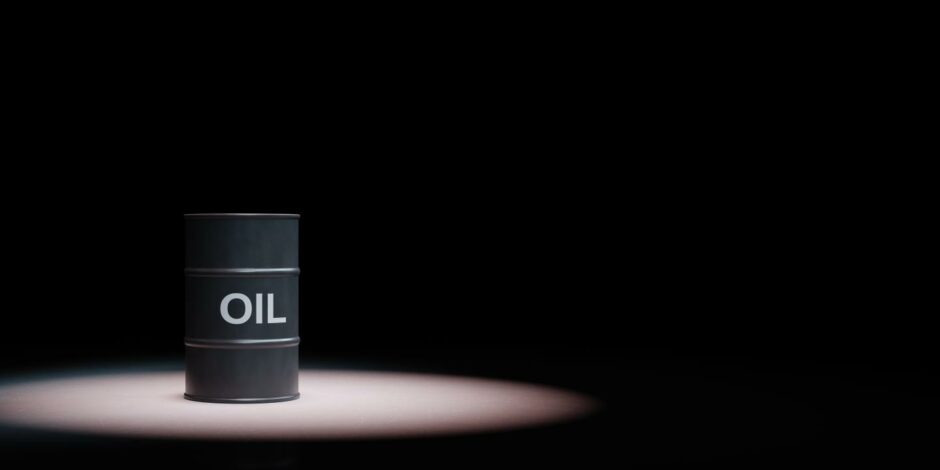
Oil slipped from the highest close since 2014 after President Joe Biden pledged to continue trying to lower prices and an industry report pointed to a modest increase in U.S. crude stockpiles.
Futures in New York dipped below $87 a barrel after advancing almost 6% over the past three sessions. While Biden does have some options to address the increase in oil prices, many of them would be limited and likely short-lived. Crude’s rally poses a challenge for consuming nations and central banks as they try and stave off inflation while supporting economic growth.
The American Petroleum Institute reported U.S. crude inventories rose by 1.4 million barrels last week, according to people familiar. That would be the first gain in eight weeks if confirmed by official data later Thursday.
Oil has rallied around 30% since the end of November as stronger than expected demand and supply outages tightened the market, leading to buyers in Asia paying sharply higher premiums for spot cargoes. Goldman Sachs Group Inc. is forecasting a return to $100 crude in the third quarter, and the International Energy Agency said that demand is on track to hit pre-pandemic levels.
“Oil is a bit overheated,” said Suvro Sarkar, an energy analyst at DBS Bank Ltd. in Singapore, adding that there’s little President Biden can do on a political level to ease prices.
Prices
West Texas Intermediate for February delivery, which expires Thursday, dipped 0.1% to $86.90 a barrel on the New York Mercantile Exchange after gaining 1.8% on Wednesday.The more-active March contract slipped 0.4% to $85.43 a barrel at 7:42 a.m. in London.
Brent for March settlement lost 0.6% to $87.93 a barrel on the ICE Futures Europe exchange after climbing 1.1% on Wednesday.
The prompt timespread for Brent was 83 cents in backwardation, compared with 70 cents a week earlier.
Biden told reporters on Wednesday that the administration would work on trying to increase supplies that are available, adding that it would be hard. That followed comments on Tuesday that the administration was working with oil-producing countries to ensure supply rises to meet demand.
U.S. gasoline stockpiles increased by 3.46 million barrels last week, according to the API. Nationwide crude inventories are forecast to have dropped by 1.75 million barrels, according to a Bloomberg survey before Energy Information Administration data later Thursday.